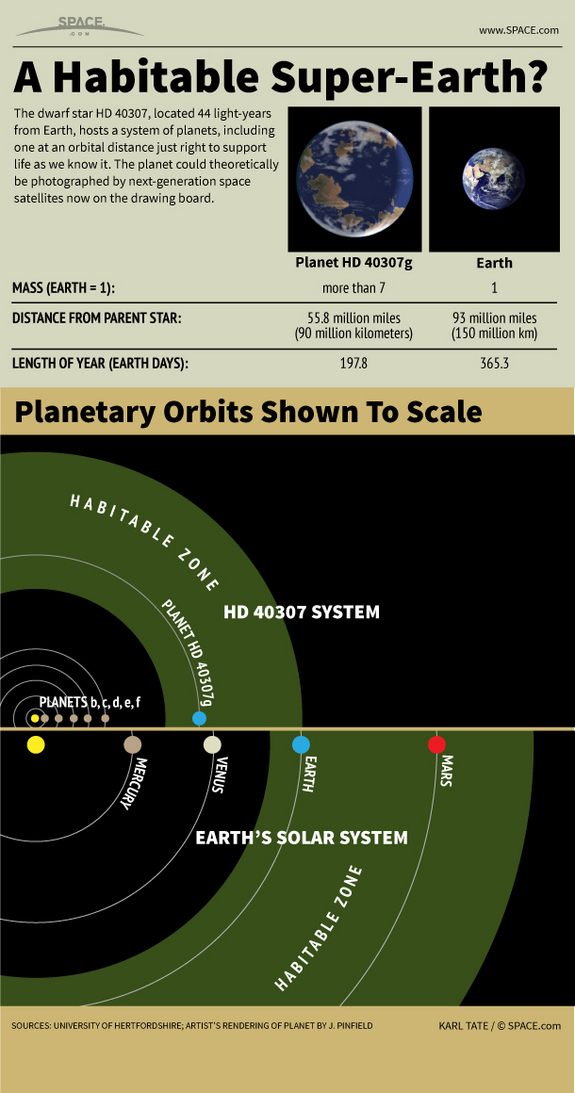Indeed, there is Water in Mars!
Below is an excerpt from the article of Space.com. At least, the investment of NASA, spending billions of dollars to this project was worthwhile. Now, what's next? Click on this link to read the complete article. http://www.space.com/17048-water-on-mars.html
 |
| This image combining orbital imagery with 3-D modeling shows flows that appear in spring and summer on a slope inside Mars' Newton crater. Photo credit: Space.com |
From an ocean to a desert
Observations of the Red Planet indicate that rivers and oceans may have been prominent features in its early history. But the planet is smaller than Earth, with less gravity and a thinner atmosphere. Over time, as liquid water evaporated, more and more of it escaped into space, allowing less to fall back to the surface of the planet.
As Mars' atmosphere dissipated, the temperature dropped to below freezing. Any water at the surface today would have to be frozen, extremely salty, or thoroughly mixed with minerals, but it could still exist, scientists say.
Where is the water today?
Vast deposits of water appear to be trapped within the ice caps at the north and south poles of the planet. Each summer, as temperatures increase, the caps shrink slightly as their contents skip straight from solid to gas form, but in the winter, cooler temperatures cause them to grow to latitudes as low as 45degrees , or halfway to the equator. The caps are an average of 2 miles (3 kilometers) thick and, if completely melted, could cover the Martian surface with about 18 feet (5.6 meters) of water.
, or halfway to the equator. The caps are an average of 2 miles (3 kilometers) thick and, if completely melted, could cover the Martian surface with about 18 feet (5.6 meters) of water.
Scientists say more water may be frozen just beneath the surface, covered by the dry red dust that blankets the planet. Some high-latitude regions seem to boast patterned ground-shapes that may have formed as permafrost in the soil freezes and thaws over time. The European Space Agency's Mars Express spacecraft captured images of sheets of ice in the cooler, shadowed bottoms of craters.
If you want to learn more about space or learn about recent discoveries, then, this is the right website for you. Space.com is just full of information that you can use in class. I haven't done navigating the website yet, but I found this to be very useful to teachers and students.
Here's a cool info-graphic about the newly discovered habitable planet 44 light years away from earth. I also posted this information in my class blog: www.mrletigio.blogspot.com.

Source SPACE.com: All about our solar system, outer space and exploration
Some of us must be a little behind with using the technology in class, the site below can give you tons of information:
 http://www.freetech4teachers.com/p/work-with-me.html
http://www.freetech4teachers.com/p/work-with-me.html
No comments:
Post a Comment